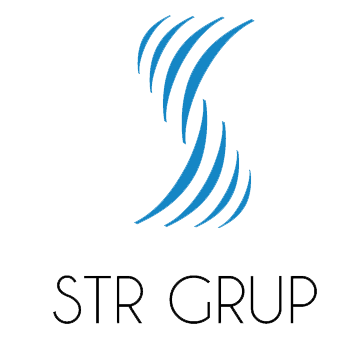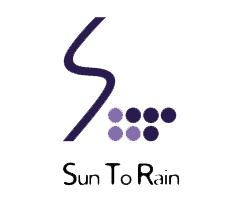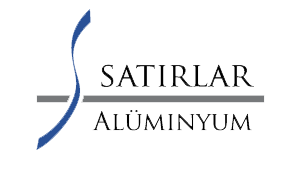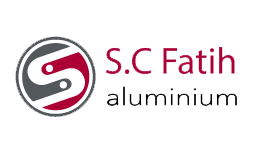Let us explain the three basic concepts for extrusion,
• Aluminum raw material
• Extrusion press
• Mold
In the technology, aluminum alloy raw materials with circular section are used. These are called bills and at the end of the journey they are presented to the people as products in the form we want. We provide the hydraulic press with the extrusion press, which is necessary to provide flow and profile of the cast. Mold is a tool that is produced from hot work tool steel and is used to shape the profile after extrusion.

The extrusion process is a very simple description of a toothpaste being tapped from a tube. There is a gap in the mouth of the tube and it flows in the form of pressure with the pressure we applied with the handrail.
Let’s dig a little. You will see the complexity of the process and the conditions under which it is dependent.
Beginning from the stock is the beginning of the process. The quality of the produced product reflects the quality of the budget. It shows how important it is to alloy the alloy in the ladle metallurgy when it is still liquid metal, then to optimize the casting parameters and to perform post-cast homogenization heat treatment.
We must prepare the extrusion for extrusion before putting the bottle into the press line and inserting the main press with the punch (stamp). We do this by entanglement. This step reduces the required extrusion pressure due to the softening of the meal with temperature effect and also fulfills the function of the heat treatment heat treatment which is the first step to improve the mechanical properties of the profile to be removed at a later stage. To achieve thermal stability, the press sleeve and mold are removed to high temperatures. The temperatures we use will depend on the alloy of the meal and the extrusion conditions.

When the required temperatures are reached, the lozenge from the annealing furnace is then hot cut to the desired size and placed in the bushing to be printed with the staple. As the friction inside the barrel increases with the printing conditions, the material remaining inside the barrel through the metal dead zone formed between the outer surface of the barrel and the barrel flows in such a way as to form a mold section from the mold cavity. The billet that accumulates in the dead zone now contains a metallurgical oxide layer, which is cut off from the mold as a post-press finish. The profile from the mold is also cooled rapidly in the liquid medium of the gas, depending on the cooling sensitivity and necessity. This is the second step applied to improve the mechanical properties after removal of the solution.
The long profile along the conveyor after cooling is first subjected to cold stretching and then cut to the desired length. The residual stresses remaining in the profile of the stretching process, if any, are to receive them and provide dimensional linearity.
This is the end of the journey in the extrusion press.
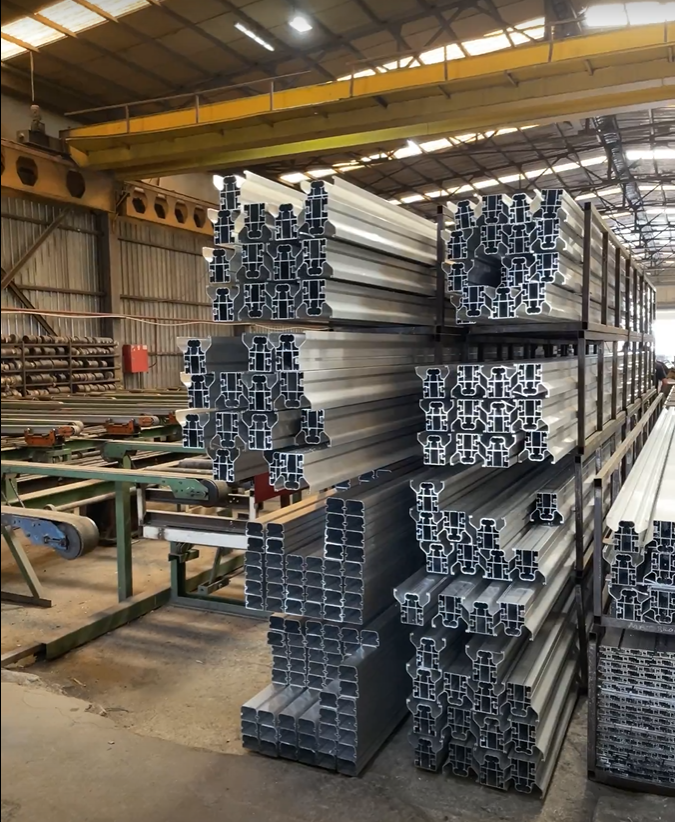
Doğru tasarım ile ekstrüzyon azalmaları için gereken kuvvet, malzeme girişi dünyanın her bölgesinde aynı hızda olur ve toprak kaynaklı ekstrüzyon suçları hariç tutulur. Tasarım, enerji, işçilik ve ham donanım tasarrufu için kritik öneme sahiptir.
Ekstrüzyon teknolojisindeki toprak ürününün maliyeti, diğer esans veya polimer ürün tarzlarında kullanılan toprak ürün maliyetlerinden nispeten daha fazladır.
Biyeti presleme hattına ana basıncı uygulayacak bir zımba (pul) yardımıyla manşona yerleştirmeden önce ekstrüzyona hazırlamamız gerekmektedir. Bunu kütüğü tavlayarak yapıyoruz. Bu adım, sıcaklığın etkisiyle kütüğün yumuşaması nedeniyle ihtiyaç duyulan ekstrüzyon basıncını azaltır ve sonraki aşamalarda oluşturulacak profili iyileştirmek için ilk adım olan sonuçtaki ısıl işlemin işlevini yerine getirir. mekanik parseller. Termal stabiliteyi sağlamak için pres manşonunda ve toprakta yüksek sıcaklıklara getirilir. Bahsedilen sıcaklıklar kullanacağımız kütüğün kaynaşmasına ve ekstrüzyon koşullarına göre değişmektedir.
Tavlama fırınından çıkan kütük istenilen sıcaklığa ulaşıldığında istenilen boyda sıcak olarak kesilir ve zımba ile basıncı göreceği kovana yerleştirilir. Basınç koşullarıyla birlikte namlu içindeki ayrışma arttıkça, kütüğün içinde kalan malzeme, toprak ile namlu arasındaki kütüğün dış yüzünün oluşturduğu esans ölü bölgesi üzerinden toprak depresyonundan toprak bölümünü oluşturmak üzere akar. Ölü bölgede biriken kütük artık metalurjik olarak bir oksit alt-kast içerir ve bu alt-kast yayımlandıktan sonra ara madde olarak topraktan kesilir. Topraktan çıkan profil, soğutma algısına ve gerekliliğine göre gaz veya sıvı zeminde hızla soğutulur. Sonuç alındıktan sonra mekanik parselleri iyileştirmek için uygulanan alternatif adımdır.
OUR OTHER COMPANIES
